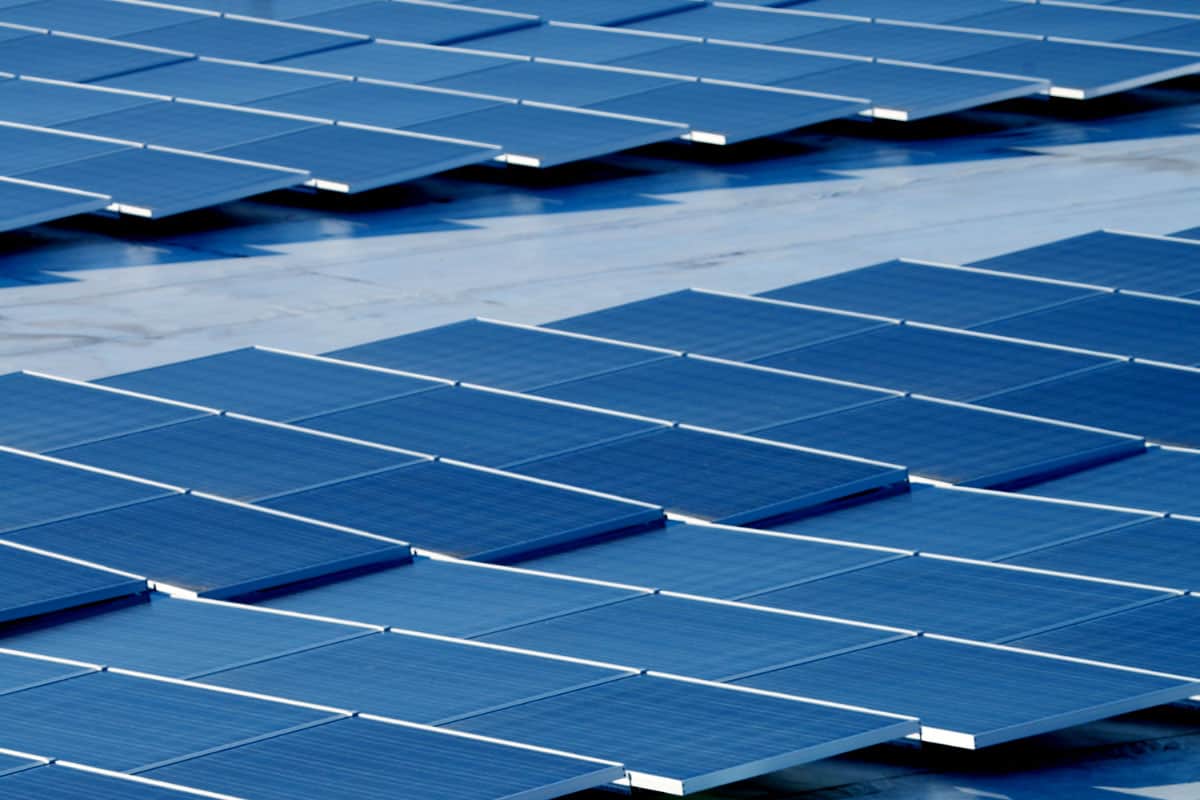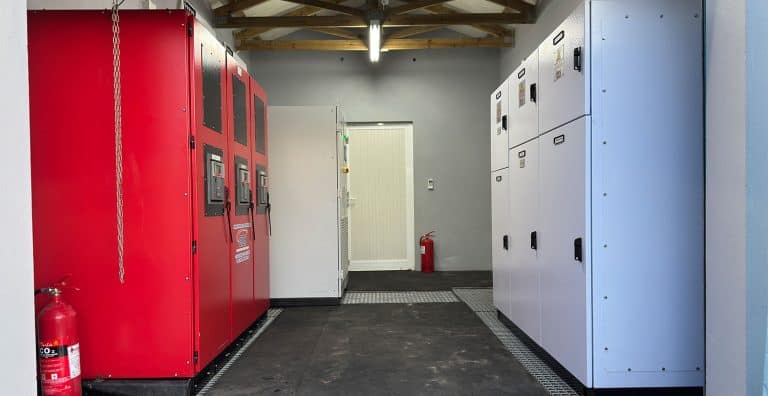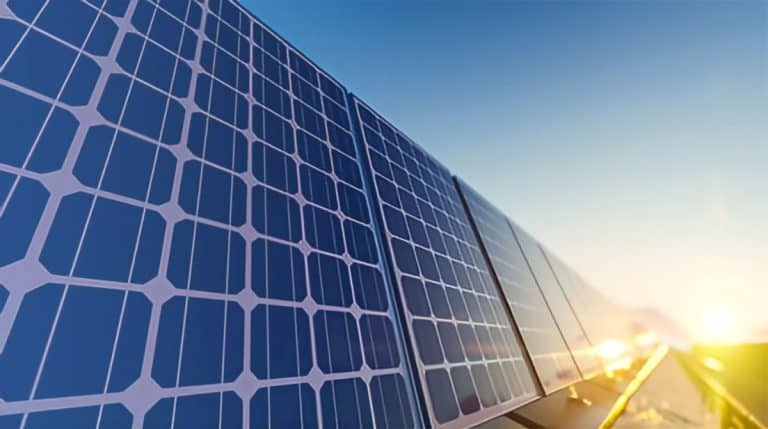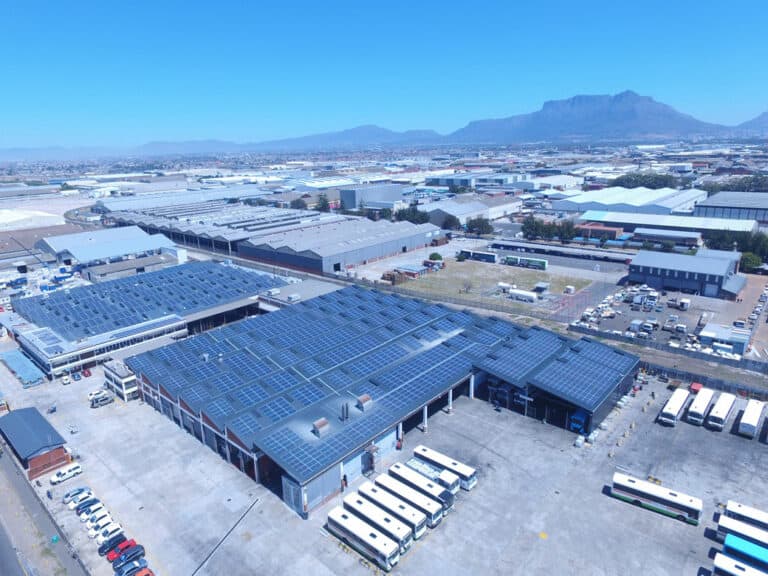An overview of solar panel sizes and related aspects
With rising electricity costs and unpredictable load-shedding, many people are moving to solar. Solar is a great way to tap into renewable resources. Solar is clean energy. Hence, it is renewable. Plus, it is cheaper in the long run. Save money. Go solar.
Solar panel sizes differ according to many aspects. The first of these is the size of the system. Let’s start at the beginning. Read more.
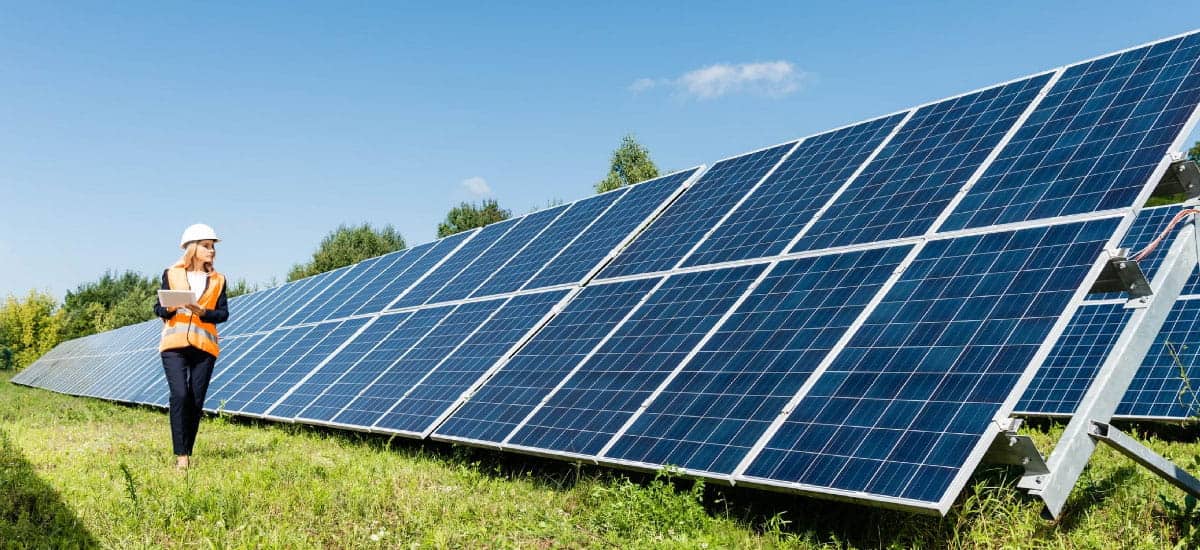
Firstly, how does solar work?
Solar panels, which are usually installed on the roof, absorb solar energy. They then convert it into DC electricity. This energy is then sent to an inverter. The inverter uses the DC electricity from the solar panels to charges a battery. The solar panel sizes used will vary according to your space.
Solar installation can also be done on using mounts the ground. Each site is unique. Your layout determines your possibilities. Check your options.
The batteries are connected to the mains. This is how the system feeds electricity into the home or business. This can power lighting and various appliances such as televisions, laptops, kettles, or toasters. If the supply is high enough, its stoves and heaters can be powered. Naturally, bigger systems with bigger panel sizes can supply more power.
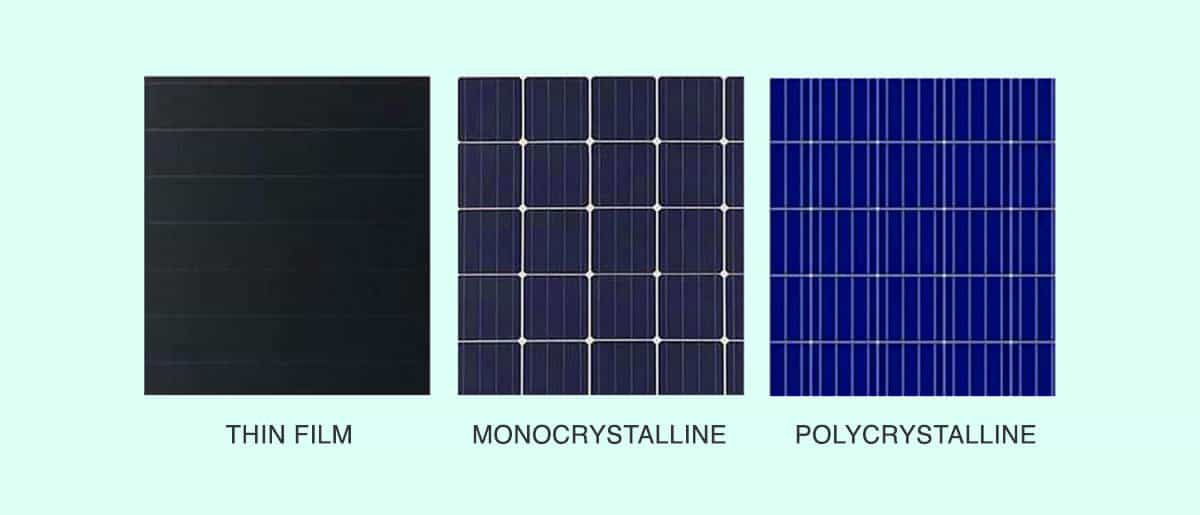
Types of solar panels
There are two main types of solar panels. These are Monocrystalline and Polycrystalline panels.
The difference between them lies in their cells. Both fulfill the same function in a solar system. They capture energy from the sun and convert this into electricity. Additionally, both are made from silicon. Silicon is used effectively as it is a very durable, abundant element.
Most solar panel manufacturers produce both types of panels. Solar panel sizes vary. However, there will always be options for both.

Is size connected to efficiency?
Solar panel efficiency refers to a panel’s ability to convert sunlight into workable electricity. The sun can shine for the same duration of time on two solar panels. However, they can produce different efficiency ratings. Naturally, the more efficient one will produce more electricity. The solar panel sizes are not the only aspect.
Solar panel sizes are believed to contribute to this. However, efficiency is actually determined by other elements. Many aspects influence this. For example, material, wiring and busing, reflection, and light absorption. These also include the composition of the cells, electrical configuration, surrounding components, and more. The way they are positioned plays a big role.
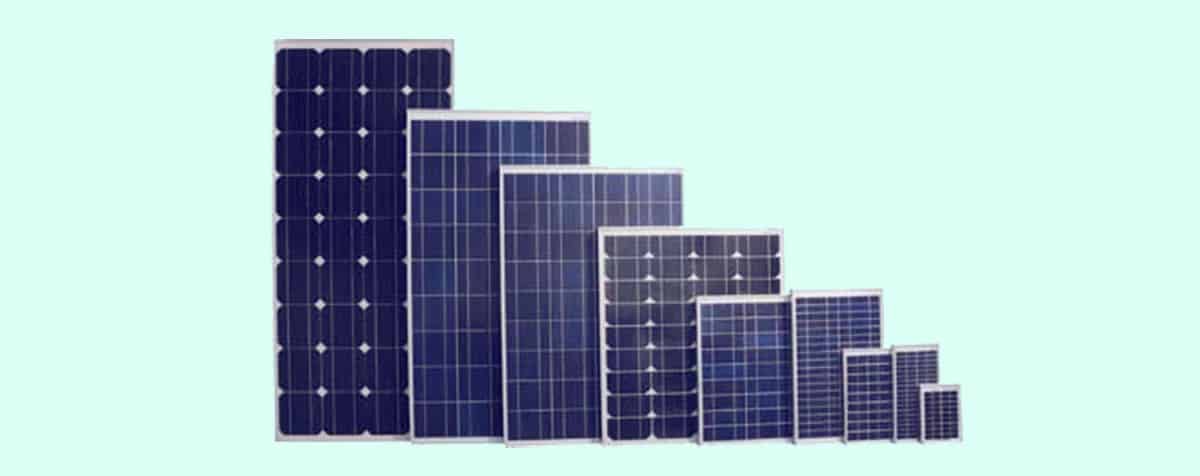
Which size is best?
The solar panel sizes that best suit your system is determined by many factors. Check your options. Do research. If you have a small or unusual shaped roof, solar panel sizes and quantity are important considerations. With a larger roof, you can sacrifice some efficiency and go for larger panels. They may help reach your targeted output. With a smaller or shaded roof, it may be best to opt for smaller higher efficiency panels.
Traditional solar panels come in two configurations. These are 60-cell and 72-cell. Residential solar panels are generally 65 inches by 39 inches. This equates to 165 by 99 centimeters. Solar panel sizes have remained constant for many years. On the other hand, efficiency, quality, and technology have improved significantly.
The best way to work out which are most suited for you is to consult a professional installer. This way, you can get help to calculate your electricity needs. An expert can also calculate your roof architecture, angle to the sun, and other factors that will affect your output. The ideal is to meet your electricity needs.
The way that the panels are arranged on the roof is an important consideration. This will affect how repair teams can access them for future maintenance. Check the guarantee. Plan for the long term.


